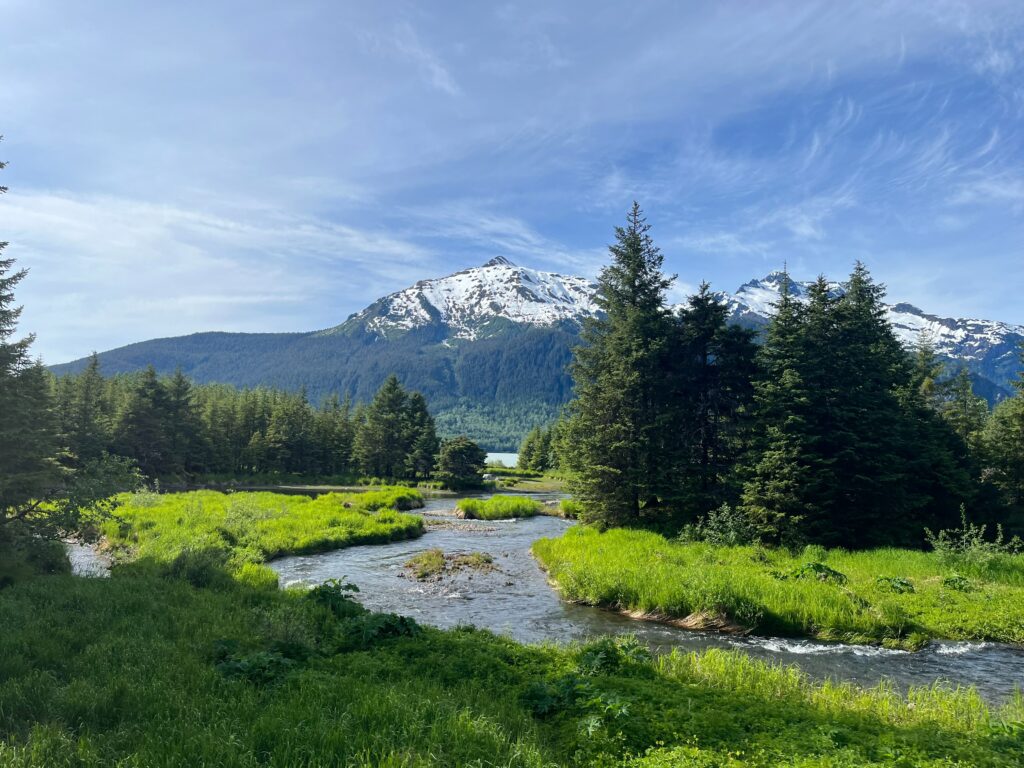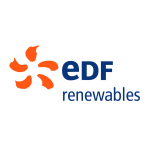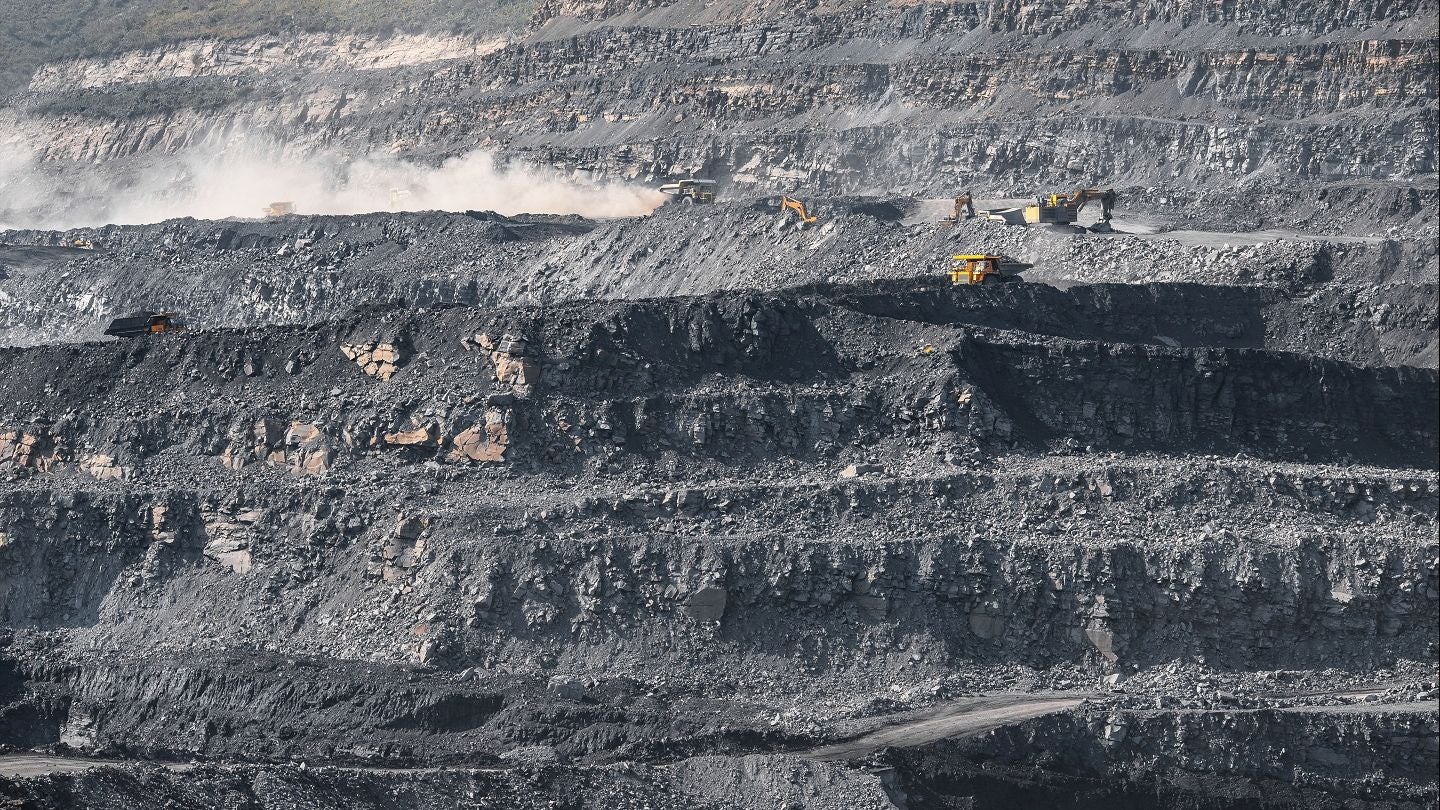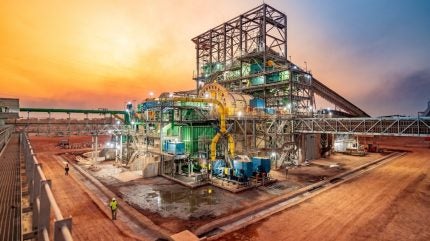Oscar Judelson-Kelly explores how Indigenous communities can take charge of their energy needs as partners in this renewable power solution.

More News and Views From Resource Works Here
British Columbians won’t be surprised to hear that hydroelectric energy generates nearly all of the province’s electricity. BC Hydro operates 31 facilities that produce electricity to power nearly the entire province and manages over 75,000 kilometres of power lines connecting these sites to the grid.
That’s enough to wrap around the Earth – twice. It’s an impressive feat. Thousands of kilometres of power lines connect remote communities in all corners of the country. Yet still, there remain almost 50 remote and principally Indigenous communities that are not connected to the grid.
Many of these communities have used diesel generators for years, but the tide may be changing.
Hydrokinetic energy generation is a fast-developing sector that generates energy from all types of natural currents including tidal, wave, ocean currents and river generation, providing a consistent and reliable energy output. River generation is a particularly cutting-edge technology and many companies have developed the capacity to install generators in moving bodies of water, principally near remote communities, sufficient to power up to 40 homes in some cases.
Hydrokinetic power provides a tremendous opportunity for remote communities to not only become more involved in the consultation process but to even own their own energy producer. There’s an ever-growing recognition amongst generator companies of the necessity of Indigenous collaboration on local energy supply issues.
The beauty of the approach lies in the fact that their energy generation is based on a constant baseload power from flowing rivers, ensuring a year-round supply of renewable energy. Even so, diesel generators serve as an efficient backup power source. Moreover, to overcome intermittency challenges, river generation companies integrate additional renewable sources like wind and solar into their systems – energy that is often captured in battery storage solutions for use during peak demand or in case of power outages and system failures.
Make no mistake – these projects are not designed nor currently have the capacity to supplant conventional energy sources such as liquefied natural gas (LNG) or large-scale hydroelectric generators. However, they may have found their niche in providing energy solutions for remote locations, often to Indigenous communities.
One river generation company, the Ocean Renewable Power Company (ORPC), is founded on the values of collaboration and economic reconciliation with Indigenous communities as business partners. The company operates as the subcontractor for the communities, with the communities being the primary recipients of grants and benefits from the energy project.
It’s an approach that puts money in the pockets of the communities and enfranchises them in the decision-making process.
The river generation project in Igiugig, Alaska epitomizes this approach. The Indigenous community is a “prosumer” in their relationship with the ORPC – both a producer and consumer of energy. It’s a mutually beneficial relationship allowing the community to actively participate in the energy generation process and benefit from the energy produced, further strengthening their ownership of the project.
Indigenous ownership in the project allows the Igiugig community to assert their priorities on their own terms. For instance, Igiugig’s primary food source comes from the salmon fished in the river beside the community. That’s why one of the primary challenges with the community’s river generation project was the need to draw power from rivers while safeguarding a delicate ecological balance. The partnership, encouraged by the enfranchisement of the local community, bred effective salmon monitoring programs in Iggiagig to ensure that the food sources remained unaffected by the generator.
For many hydrokinetic companies, navigating the regulatory landscape is a significant challenge. The licensing process for waterway usage is stringent and time-consuming, often involving multiple stages from introductory permits to pilot permits, eventually leading to commercial permits.
This journey can take up to an astonishing 10 to 15 years before the project can reach commercial supply, serving as yet another compelling reason for permit reform and modernization – a challenge faced by conventional and alternative energy projects alike.
Yet despite these hurdles, hydrokinetic energy and river generation solutions are an ever-growing opportunity epitomizing collaboration between Indigenous communities and the private sector to develop innovative energy solutions.
This article was written by Oscar Judelson-Kelly, Resource Works’s Communications and Policy Coordinator.
Share This:




